
ANDY GRENFELL TALKS THROUGH HIS FAVOURITE CARP FISHING RIG FOR THE AUTUMN AND WINTER MONTHS
If you have grown up or been around carp fishing as long as I have then, the Hinge Stiff rig surely must need no introduction. Its popularity shot to fame after its use by the likes of Terry Hearn and Lewis Read over Yateley, and other notoriously difficult waters, to fool the rig wary carp those living in those waters. Whilst its popularity might have been overshadowed recently by the Spinner or Ronnie rig, the Hinge Stiff is still as effective today and it certainly makes up a large part of my rig arsenal, none more so than in the autumnal months.
If ever a rig was purpose made for a season, the Hinge Stiff rig, for me, was made for autumn. That’s not to say I don’t use it at other times of year, but from around September onwards, as the weed beds begin to die back and the leaves are starting to fall from the trees, this rig for me becomes my number one choice.
It is quite simply perfect for the job, much like a Chod rig, it almost guarantees presentation, as it will sit up off the lake bed, free from debris, cocked ready to go, and is more selective of big fish, but unlike the Chod rig, the Hinge tends to lend itself to baiting and spot fishing. Let me explain. The Chod Rig can be fished pretty much over anything. Its ability to be cast out and be fishing makes it a devasting rig, espically for casting at showing fish, or when the lake bed starts to become littered with detritus from the fall, but for me it, its short coming is spot fishing.
The Chod rig is far more suited to spread baiting, such as boilies with a throwing stick, or areas where if you are going to use some baits such as tigers, you can can maintain the spread keeping fish moving between baits.
Once I get to autumn, the carp have been pressured and I am looking to target the smaller less blatant spots, such as the bloodworm beds where the carp are harvesting the last of the naturals, or reap the rewards from the spots I’ve been extensively trickling bait on too, and had the fish keep clean and polished. This is where the Hinge comes into its own.
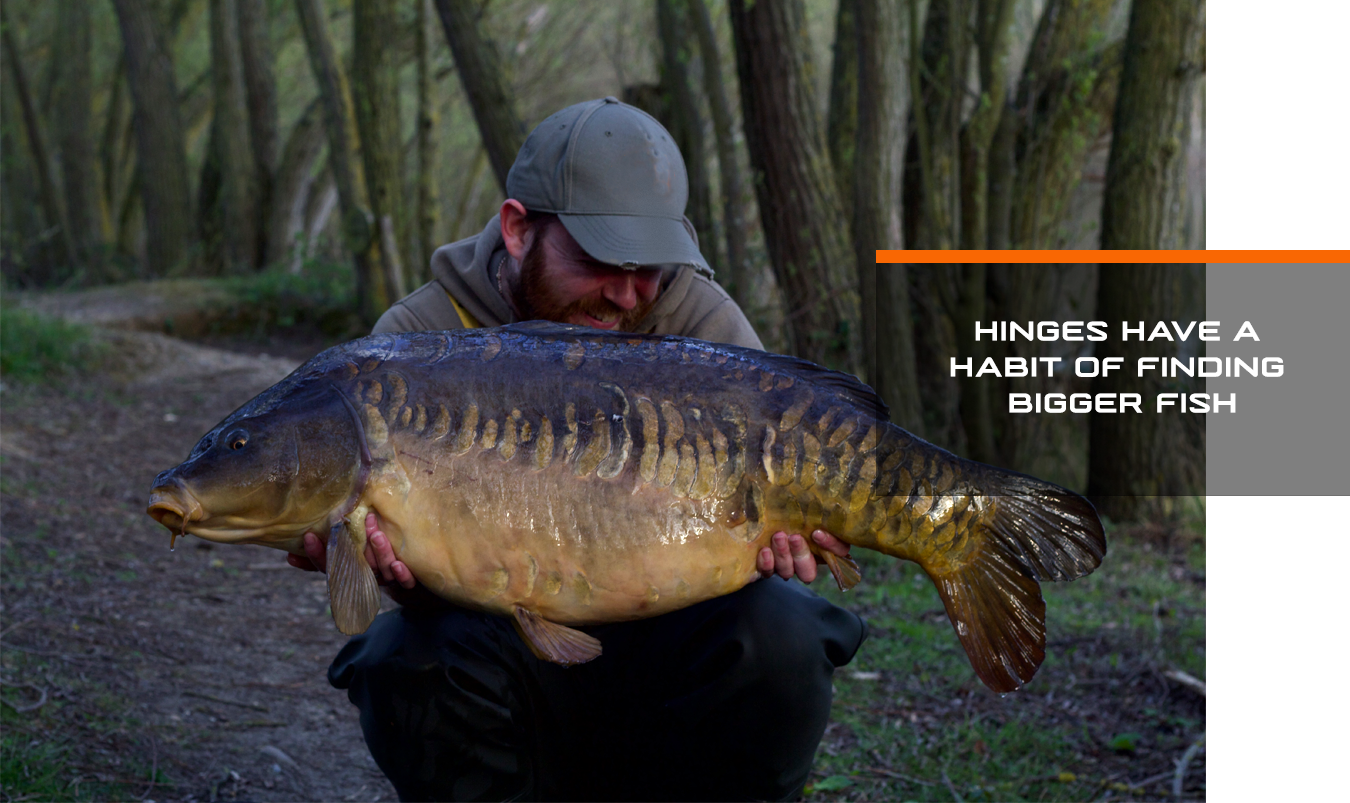
HERES HOW TO TIE THE SOFT BOOM HINGE RIG
THE STIFF HINGE STILL WORKS WITH A MIX OF SMALLER FREE OFFERINGS AS WELL AS BOILIE
The Hinge allows me to still feed bigger baits, such as boilie, nuts, but even bring in the heavy liquids, and some crumb, pellet that will keep the fish returning to a spot, without as much need to keep the fish moving as much. This is because, not only I can vary the height far more in I can also bring the lead into play far more quickly.
Most will favour using the hinge on a helicopter set up, I tend to prefer to use it on a lead clip. If I do need to use a helicopter arrangement, due to the lake bed being a little too soft for a lead clip, I will keep the beads as close together and as close to the lead as possible. This will bring the lead into play much faster, so that coupled with the fact the stiff section will make it difficult for the fish to deal with once in the mouth. The lead will come in quicker before they get chance to get rid of the hook section and bring the hook point home.
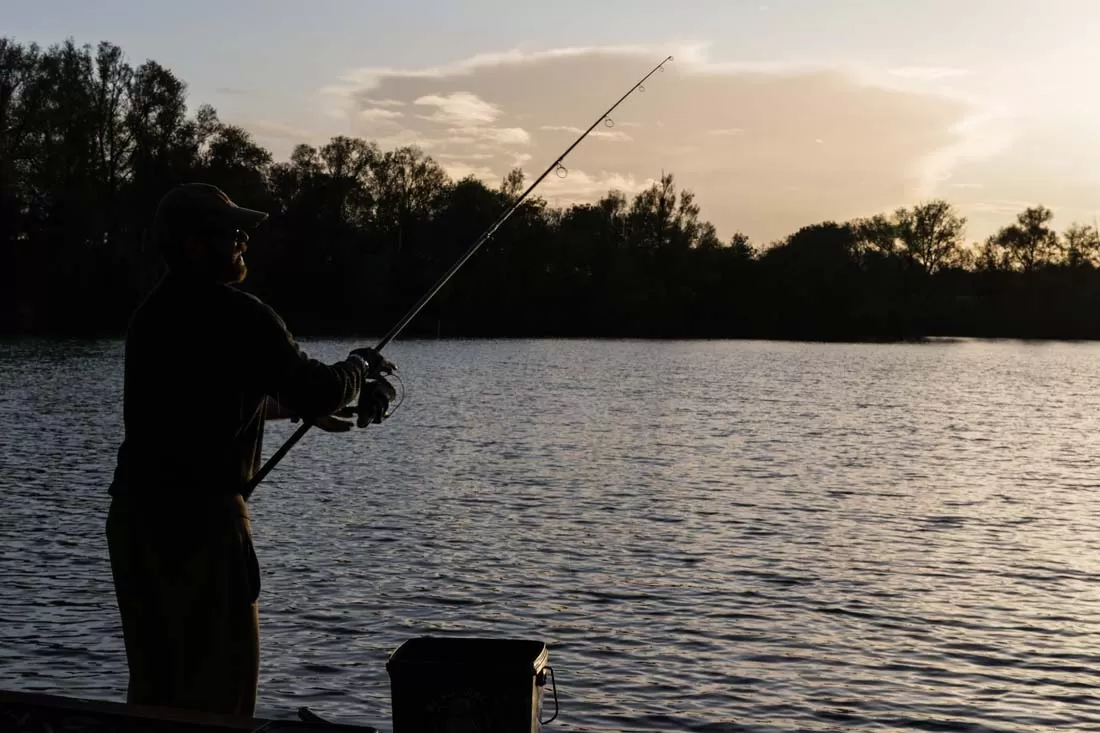

THE HINGE STIFF IS AN IDEAL RIG FOR THE AUTUMN MONTHS AND FISHING OVER FALLING LEAVES AND DYING WEED
I can be super precise with how I get the rig on the spot, as it will always be in front off or close to the lead, where a chod rig will fly back up the line, and potentially settle back slightly off the spot.
I prefer a softer boom, using the Ultra Sink in 25lb, which I tie using an alright knot to the stiff link material, with a small stripped section of around 4mm left exposed below the knot in the coating on the ultra sink. This give exceptional movement to the stiff chod section of the rig and enables me to set the height of the chod far more effectively from anything from the hook just touching the lake bed, to standing up a couple of inches tall. In addition the coated braid remains stiff enough to kick the rig out, but soft enough should it lay over something its not sticking up off the bottom.


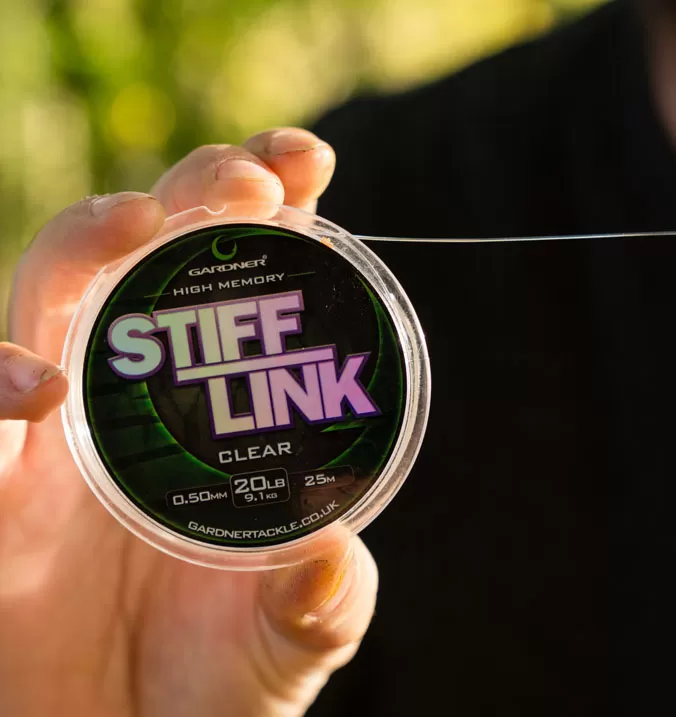
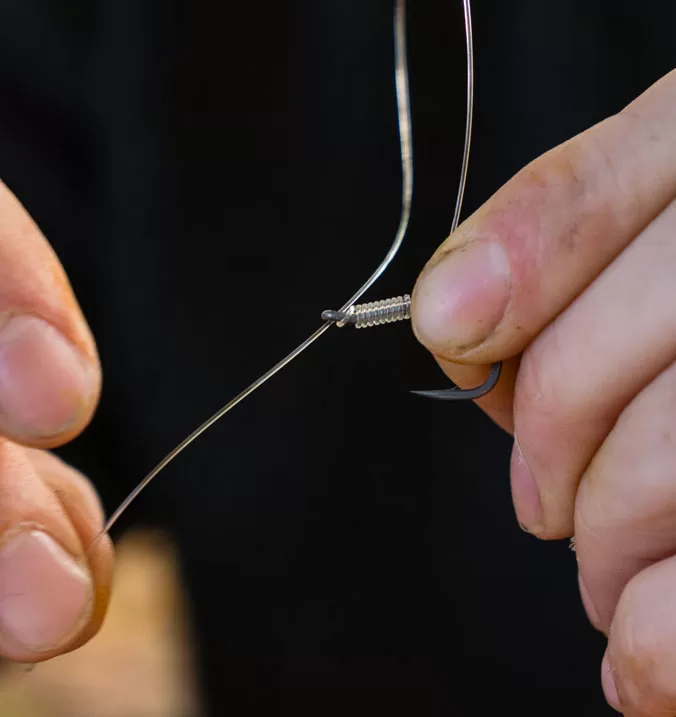
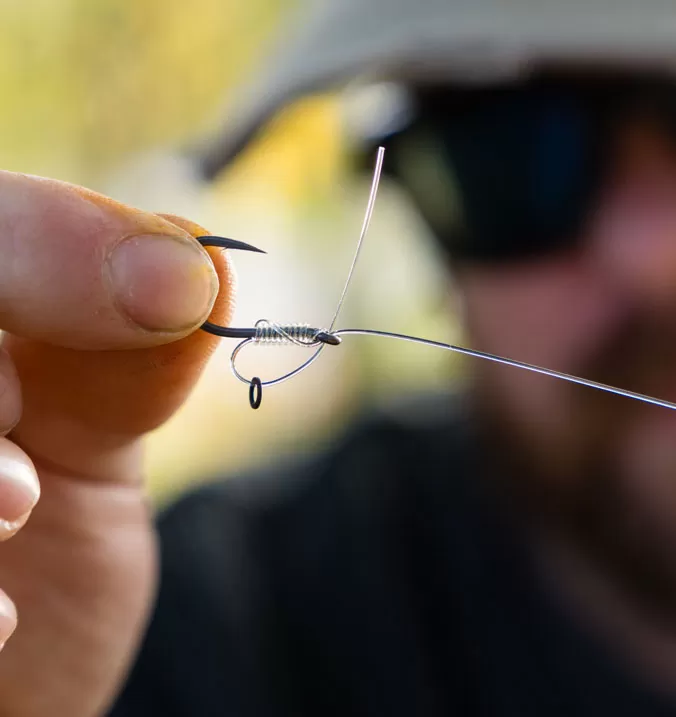
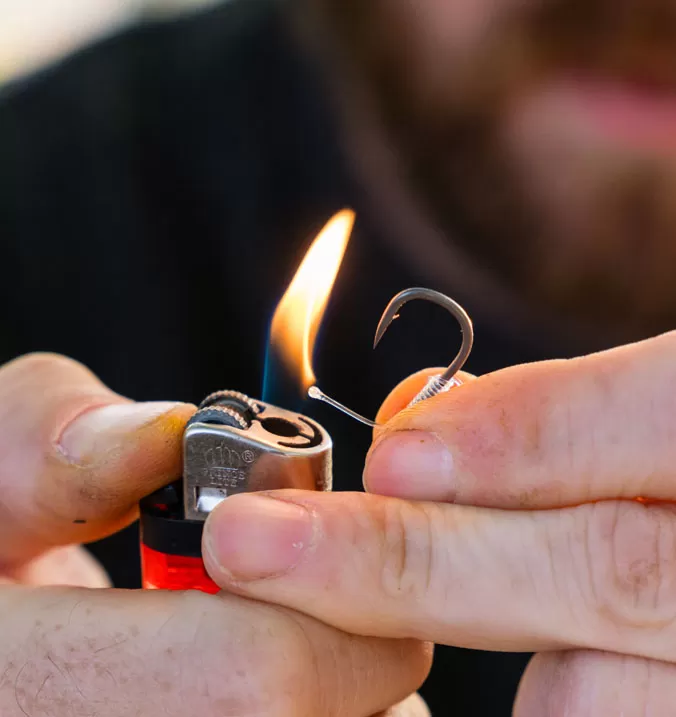
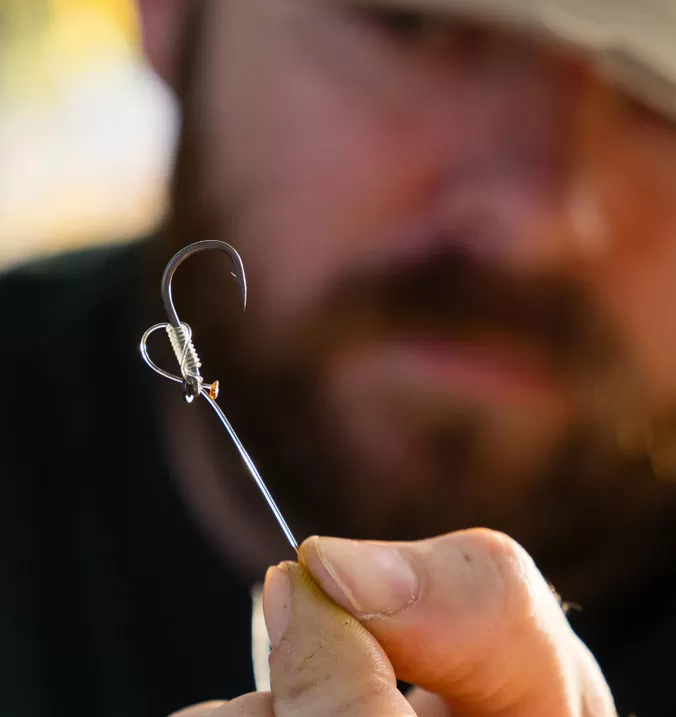
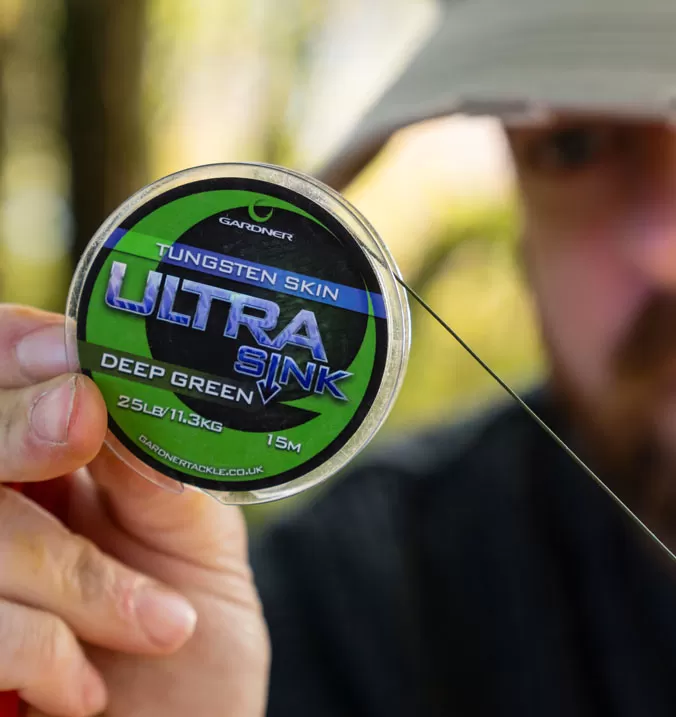
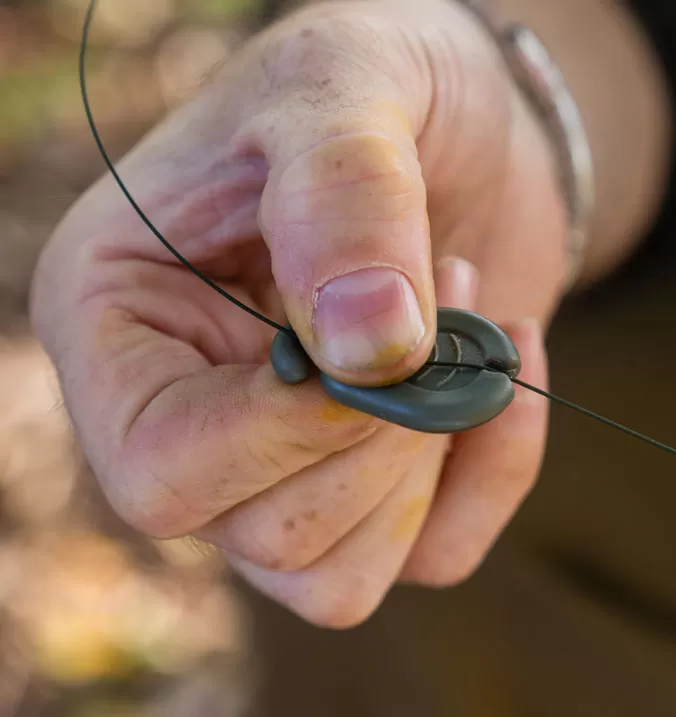
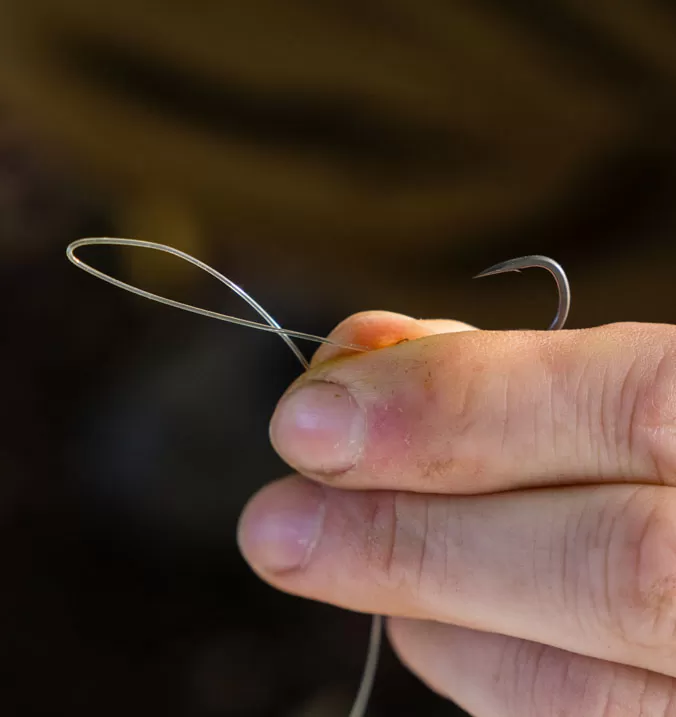
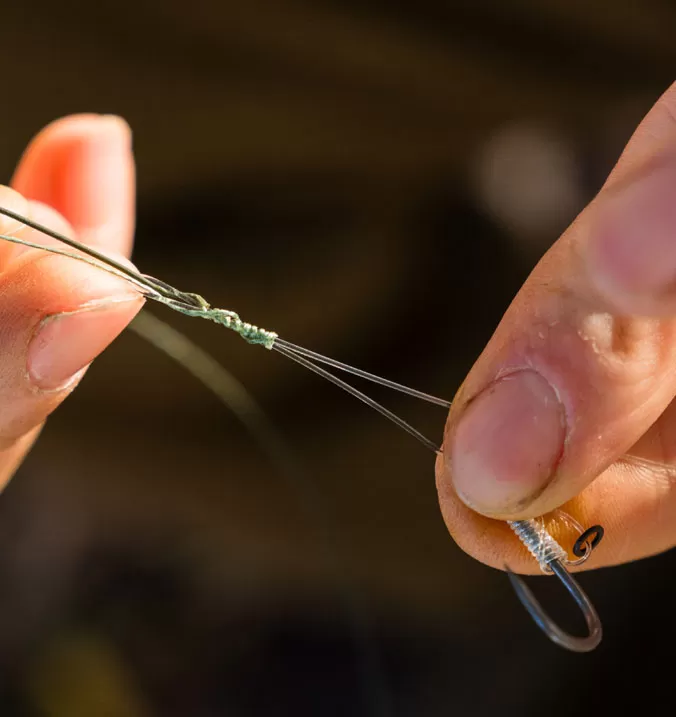
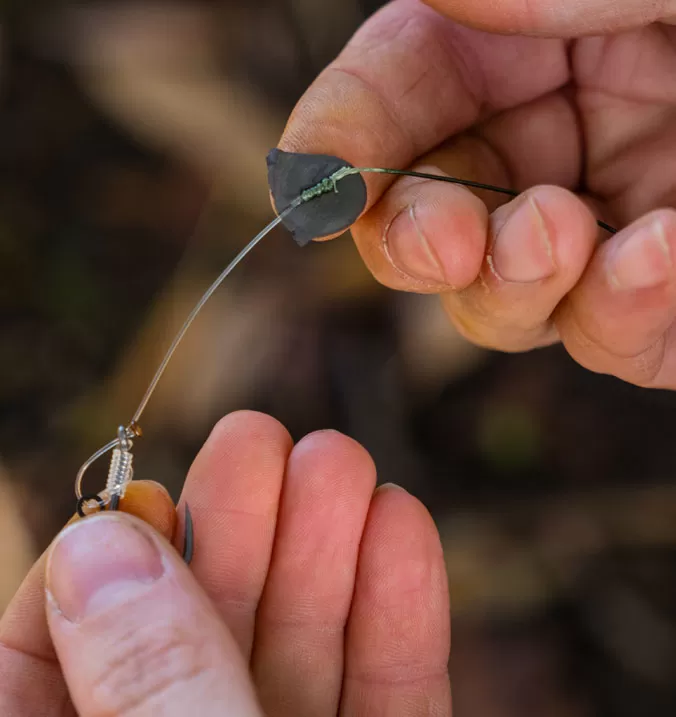
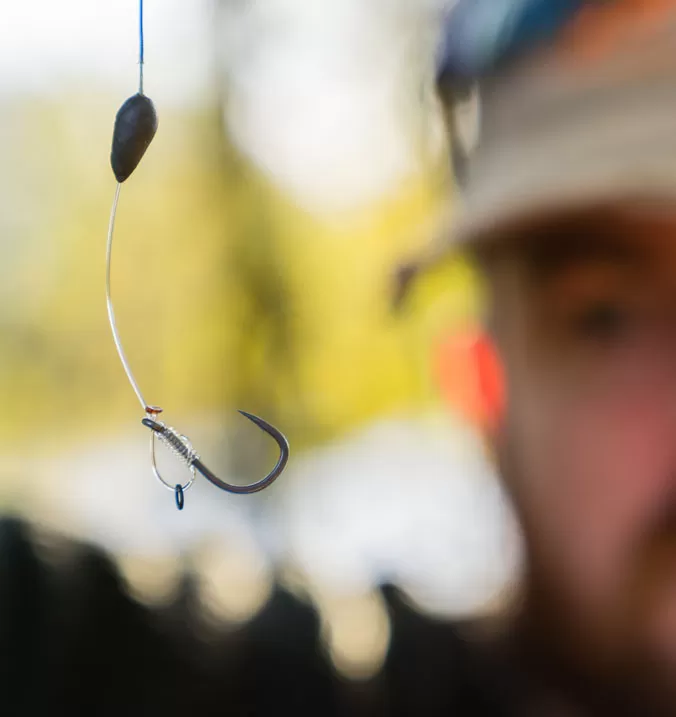
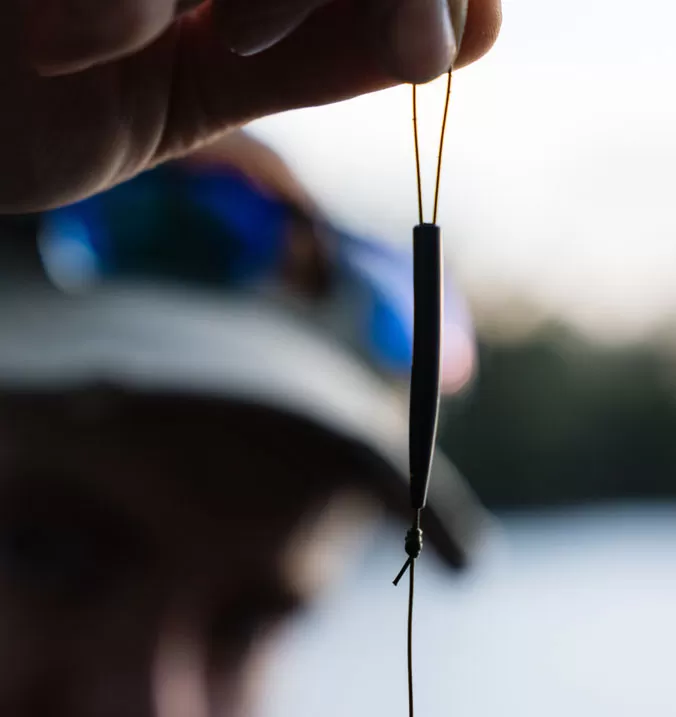


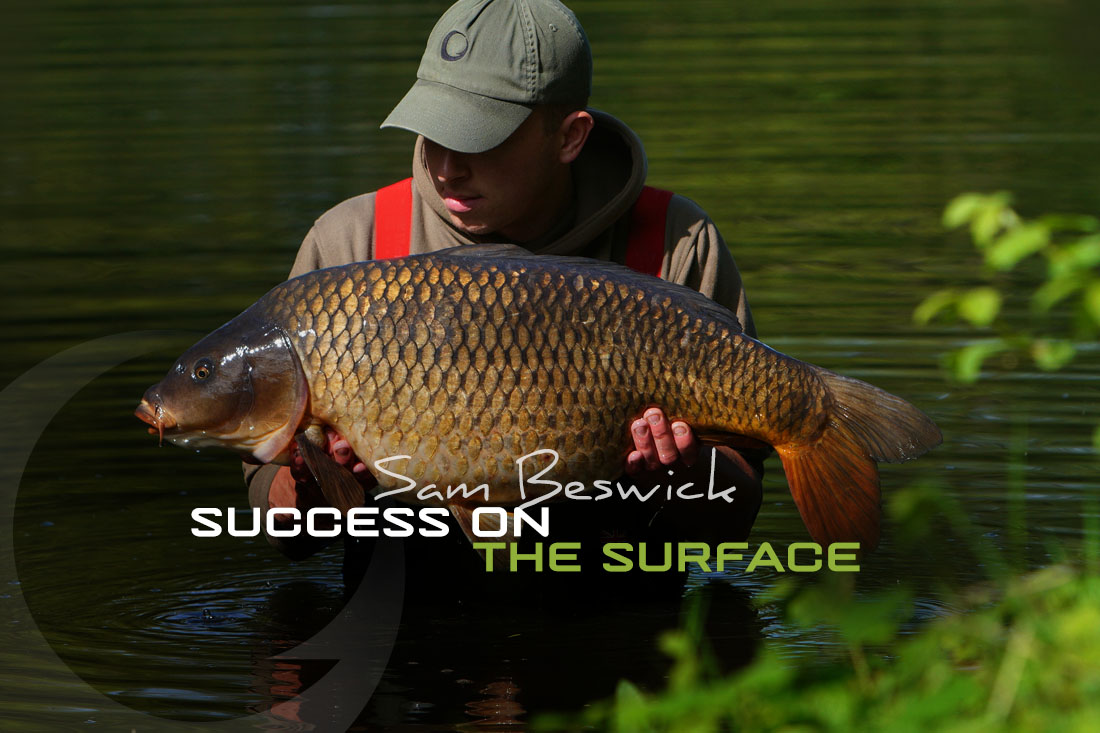

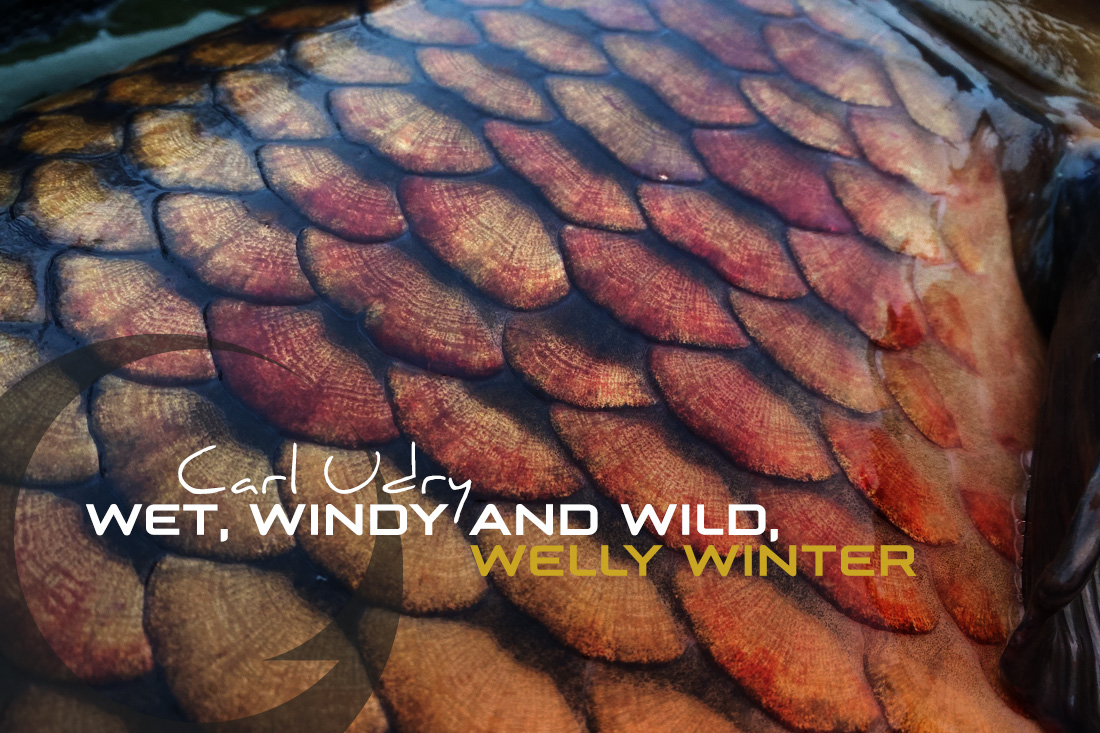

Leave A Comment
You must be logged in to post a comment.